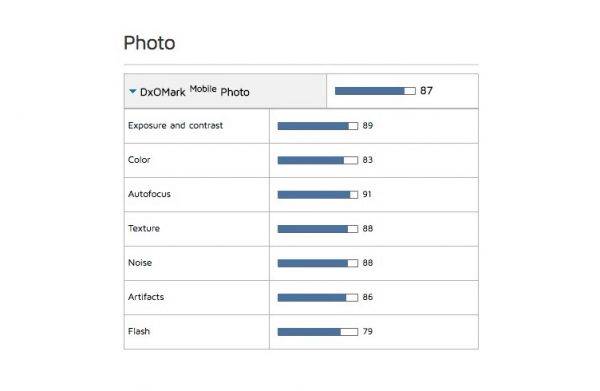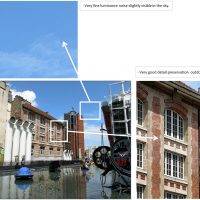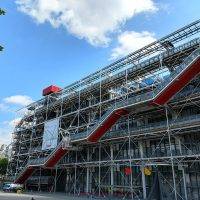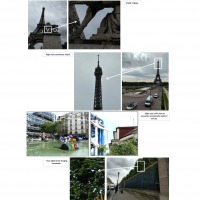
The Moto Z Force Droid is this year’s version of the Droid Turbo 2 aka the Moto X Force internationally. This Verizon exclusive smartphone can be used with Moto Mods but it can also be a winner on its own. Motorola’s Droid line doesn’t disappoint and this Z Force is no different with the semi-rugged build, high-end specs, and long battery life.
The Moto Z Force Droid’s specs are impressive with its 5.5-inch QHD display, 32GB onboard storage, Qualcomm Snapdragon 820 processor, USB-C, fingerprint sensor, water-repellent coating, 5MP selfie shoot, 21MP rear camera, and a 3500mAh battery. The phone also allows fast charging which means you can have as much as 15 hours of battery within 15 minutes of charging.
DxOMark has reviewed the smartphone and checked its mobile photo and video performance. The DxOMark Mobile score is 87 which places it beside Samsung Galaxy S6 edge+ and the Sony Xperia Z5. It scored higher than the LG G5, Samsung Galaxy Note 5, Samsung Galaxy S6 edge, and is one point behind the HTC 10 and Samsung Galaxy S7 edge.

Both the Photo and Video sub-scores are high so we know this Moto Z Force Droid can be a good choice. When it comes to imaging, photos show good detail preservation in all conditions. Under bright light, the phone is capable of good noise reduction while the handset also offers good exposure and dynamic range even in outdoor environments. If you’re particular with color rendering and white balance, they’re generally pleasant.
The only problem DxoMark noted on the Moto Z Force Droid’s photo mobile photo performance is that highlights are over-exposed sometimes. There are noticeable irregularities on white balance and exposure, as well as, in noise level which can be seen usually in low-light conditions.

When it comes to mobile videos, the Moto Z Force Droid delivers good exposure, good white balance, accurate autofocus, and good stabilization. Details and noise are very good in bright light but there’s a bit of loss in luminance noise which can be noticeable in low light. There’s also some autofocus instabilities and color shading noticeable in low light.
SOURCE: DXOMARK




















